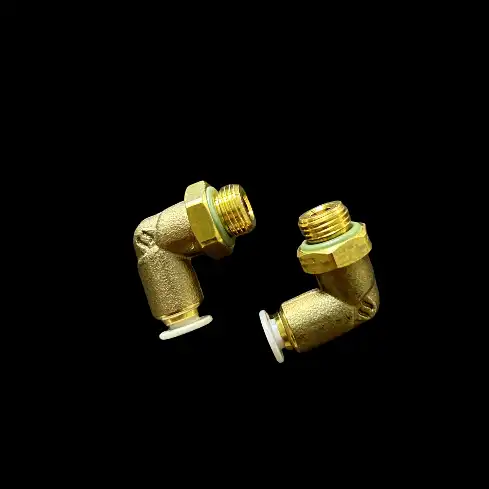Can I grind coffee beans without a grinder?
2024-06-20 11:03:58
Introduction
Grinding coffee beans fresh before brewing is crucial for achieving the best flavor. However, what if you find yourself without a Coffee Vending Machine Grinder? In this blog post, we'll explore various methods to grind coffee beans without a grinder, ensuring you can still enjoy a fresh cup of coffee even in a pinch. We'll also answer some common questions related to grinding coffee without a grinder.
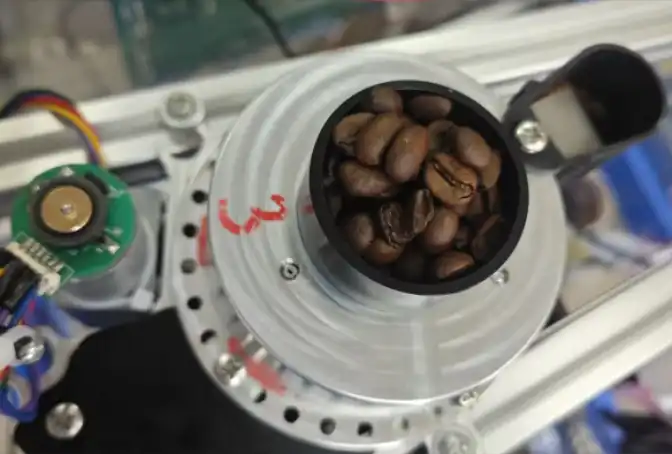
What Are the Best Methods to Grind Coffee Beans Without a Grinder?
While a grinder is the most efficient and effective tool for grinding coffee beans, there are several alternative methods you can use if you don't have one. These methods utilize common household items to achieve a grind suitable for brewing coffee.
Using a Blender
One of the most accessible tools for grinding coffee beans without a grinder is a blender. Most households have a blender, making it a convenient option. To use a blender for grinding coffee beans, follow these steps:
1. Measure Your Beans: Add the desired amount of coffee beans to the blender. It's best to start with small batches to ensure even grinding.
2. Pulse Mode: Use the pulse mode to grind the beans in short bursts. This prevents the beans from overheating and ensures a more consistent grind.
3. Check Consistency: After a few pulses, check the consistency of the grounds. If needed, pulse a few more times until you reach the desired grind size.
4. Shake the Blender: If the grounds are uneven, shake the blender gently to redistribute the beans and pulse again.
Blenders can produce a coarser grind, making them suitable for brewing methods like French press or cold brew. However, achieving a fine grind for espresso might be challenging with a blender.
Using a Food Processor
A food processor is another common kitchen appliance that can be used to grind coffee beans. The process is similar to using a blender:
1. Measure Your Beans: Add the desired amount of coffee beans to the food processor.
2. Pulse Mode: Use the pulse mode to grind the beans in short bursts.
3. Check Consistency: After a few pulses, check the consistency and pulse again if needed.
4. Shake the Processor: If the grind is uneven, shake the food processor gently to redistribute the beans and pulse again.
Like blenders, food processors typically produce a coarser grind, suitable for brewing methods that don't require fine grounds.
Using a Mortar and Pestle
The mortar and pestle is a traditional tool that can be used to grind coffee beans. While it requires more effort, it allows for better control over the grind size. To grind coffee beans with a mortar and pestle:
1. Measure Your Beans: Add a small amount of coffee beans to the mortar.
2. Crush the Beans: Use the pestle to crush the beans with a twisting motion.
3. Grind Consistently: Continue grinding until you achieve the desired grind size. This method allows you to create a fine or coarse grind, depending on your brewing method.
Using a mortar and pestle is time-consuming but can produce a more even grind compared to blenders and food processors.
Using a Rolling Pin
A rolling pin can also be used to grind coffee beans if you don't have a grinder. This method requires a bit of manual effort but is effective for achieving a medium to coarse grind. Here's how to do it:
1. Measure Your Beans: Place the desired amount of coffee beans in a plastic bag or between two sheets of parchment paper.
2. Crush the Beans: Use a rolling pin to crush the beans by pressing down and rolling over them.
3. Grind Consistently: Continue rolling until you achieve the desired grind size.
This method works well for brewing methods like French press or drip coffee but may not be suitable for espresso.
Is Grinding Coffee Beans Without a Grinder Effective?
Grinding coffee beans without a Coffee Vending Machine Grinder can be effective, but there are some limitations to consider. The effectiveness of alternative methods depends on the brewing method you plan to use and the tools you have available.
Consistency and Grind Size
One of the main challenges of grinding coffee beans without a grinder is achieving a consistent grind size. Consistency is crucial for proper extraction and balanced flavor. Inconsistent grind sizes can lead to uneven extraction, resulting in a less than ideal cup of coffee. For instance, a blend of fine and coarse grounds can cause over-extraction and under-extraction simultaneously, leading to bitter or weak coffee.
Suitable Brewing Methods
Certain brewing methods are more forgiving when it comes to grind size. Methods like French press, cold brew, and drip coffee can tolerate coarser grinds, making them suitable for alternative grinding methods like using a blender or rolling pin. However, espresso requires a very fine and consistent grind, which can be challenging to achieve without a dedicated grinder.
Effort and Time
Grinding coffee beans without a grinder typically requires more effort and time. Methods like using a mortar and pestle or rolling pin can be physically demanding and time-consuming, especially if you need to grind large quantities of coffee. If you regularly grind coffee, investing in a good grinder can save you time and effort in the long run.
Flavor and Freshness
Grinding coffee beans just before brewing is essential for preserving their flavor and aroma. While alternative methods can provide freshly ground coffee, they might not produce the same quality as a dedicated grinder. The heat generated by blenders and food processors can also affect the flavor of the coffee. Despite these limitations, using alternative methods is still better than using pre-ground coffee, as it allows you to enjoy fresher coffee.
How Do Different Grind Sizes Affect Coffee Flavor?
Grind size is a crucial factor in determining the flavor and quality of your coffee. Different brewing methods require specific grind sizes to achieve the best extraction. Understanding how grind size affects coffee flavor can help you choose the right method for grinding your beans without a Coffee Vending Machine Grinder.
Coarse Grind
A coarse grind is typically used for brewing methods that involve longer extraction times, such as French press and cold brew. Coarse grounds are larger and allow water to flow through them more slowly, resulting in a smoother, less acidic coffee. This grind size is easier to achieve with alternative grinding methods like using a blender or rolling pin.
Medium Grind
A medium grind is versatile and works well with several brewing methods, including drip coffee makers, pour-over brewers, and AeroPress (with a longer brew time). Medium grounds have a balanced size that allows for an even extraction, producing a well-rounded cup of coffee. Achieving a medium grind can be done with a food processor or by using a rolling pin with some extra effort to get a more consistent size.
Fine Grind
A fine grind is essential for espresso and some AeroPress methods (with shorter brew times). Fine grounds resemble table salt and provide a larger surface area for rapid extraction, essential for the quick brewing process of espresso machines. Achieving a fine grind without a grinder is challenging but not impossible with a mortar and pestle or by using a blender on a high setting for short bursts. Consistency is crucial at this level, so expect to spend more time and effort to get it right.
Extra Fine Grind
An extra fine grind is used for Turkish coffee, where the grounds need to be as fine as flour. This grind size is the most challenging to achieve without a dedicated grinder and often requires specialized equipment. While you can attempt this with a mortar and pestle, it is usually not practical for most people without a proper grinder.
Practical Tips for Grinding Coffee Beans Without a Grinder
When you find yourself without a Coffee Vending Machine Grinder, here are some practical tips to help you get the best results from alternative grinding methods.
Use Fresh Beans
Always use fresh coffee beans for grinding. The fresher the beans, the better the flavor and aroma. Stale beans will not provide the same quality cup of coffee, even with the best grinding method.
Measure Carefully
Use a kitchen scale to measure your coffee beans accurately. This ensures you have the right coffee-to-water ratio, which is crucial for a balanced brew. Measuring by volume can be less precise, leading to inconsistent results.
Start Small
Grind small batches at a time to ensure even grinding. Large quantities can be challenging to manage and may result in an inconsistent grind size. Working in small batches allows you to control the process better and achieve a more uniform grind.
Pulse Instead of Blend
If you’re using a blender or food processor, use the pulse setting instead of a continuous blend. Pulsing in short bursts helps prevent overheating the beans and ensures a more consistent grind size.
Sift the Grounds
After grinding, use a fine mesh sieve to sift the coffee grounds. This helps remove any larger pieces that can cause uneven extraction and ensures a more uniform grind size. While this step is optional, it can improve the quality of your coffee, especially if you’re aiming for a medium or fine grind.
Clean Your Equipment
Always clean your equipment thoroughly before and after grinding coffee. Residual coffee oils and grounds can affect the flavor of your coffee and cause your equipment to deteriorate faster. Regular cleaning helps maintain the quality of your coffee and extends the life of your kitchen tools.
Conclusion
Grinding coffee beans without a Coffee Vending Machine Grinder is possible and can still produce a satisfying cup of coffee. While these alternative methods might require more effort and time, they are valuable skills to have when you don’t have access to a grinder. Whether you use a blender, food processor, mortar and pestle, or rolling pin, each method has its own set of advantages and challenges.
Understanding the importance of grind size and consistency is crucial for brewing great coffee. While these alternative methods can work in a pinch, investing in a quality grinder is highly recommended for coffee enthusiasts who want to achieve the best possible flavor and aroma from their coffee beans.
References
1. Breville. (2023). Breville Barista Express. Retrieved from https://www.breville.com/
2. De'Longhi. (2023). De'Longhi Magnifica. Retrieved from https://www.delonghi.com/
3. Gaggia. (2023). Gaggia Brera. Retrieved from https://www.gaggia.com/
4. Jura. (2023). Jura E8. Retrieved from https://www.jura.com/
5. Philips. (2023). Philips 3200 Series. Retrieved from https://www.philips.com/
6. CoffeeGeek. (2023). Espresso Machine Reviews. Retrieved from https://www.coffeegeek.com/
7. Whole Latte Love. (2023). Best Espresso Machines with Grinders. Retrieved from https://www.wholelattelove.com/
8. Seattle Coffee Gear. (2023). Top Espresso Machines with Grinders. Retrieved from https://www.seattlecoffeegear.com/
9. Home Grounds. (2023). Best Espresso Machines with Built-In Grinders. Retrieved from https://www.homegrounds.co/
10. Sprudge. (2023). Espresso Machine Buying Guide. Retrieved from https://www.sprudge.com/
Send Inquiry
Related Industry Knowledge
- How to choose the right operating system for Control Board For Vending Machine?
- What is the difference between a filter and a coffee sieve?
- Can You Adjust the Boiler Temperature in Coffee Machines?
- How Much Torque Is Needed for a Coffee Grinder?
- Vending Machine Spiral Motor Types
- How has the Vending Machine Camera technology developed over time?
- How Long to Coffee Grinder Motors Last?
- What Is Hopper Coffee?
- What Is a Hopper on a Coffee Machine?
- Do coffee vending machines need a Water Tank?

.webp)
.webp)
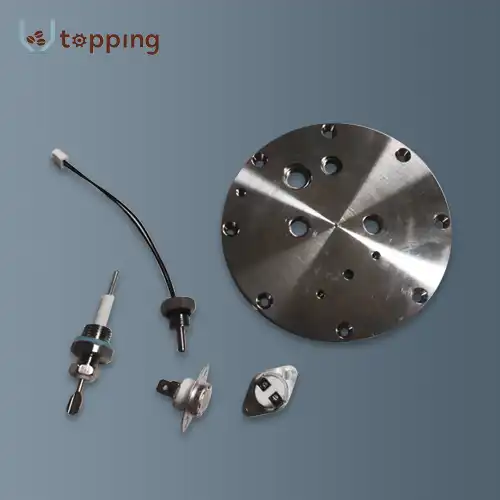
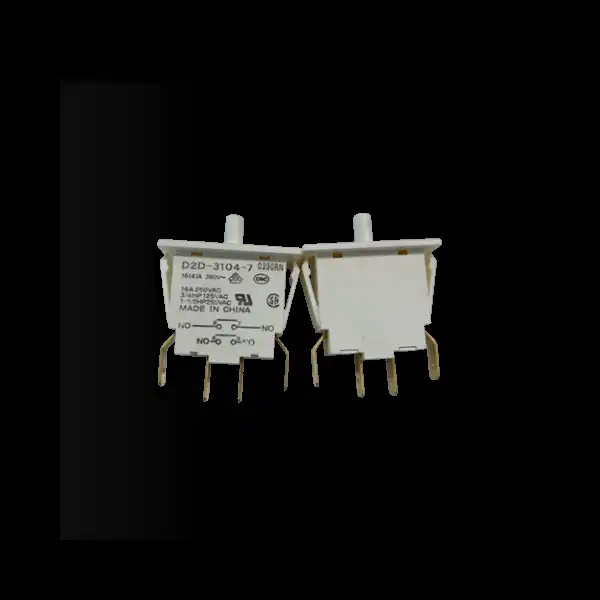
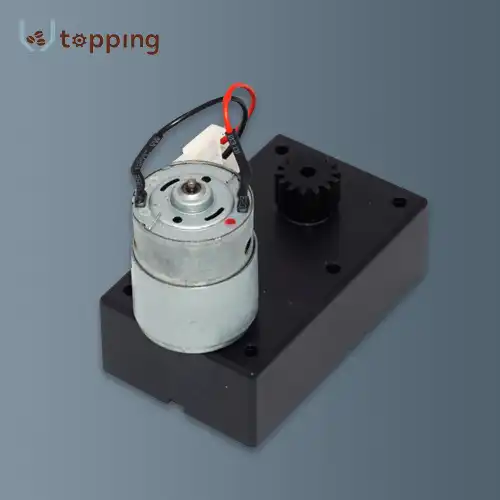
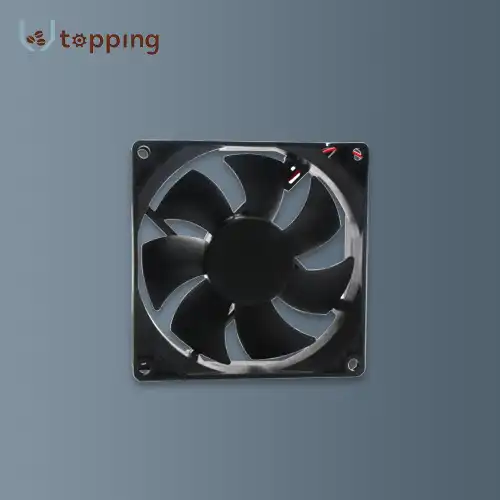
.webp)
